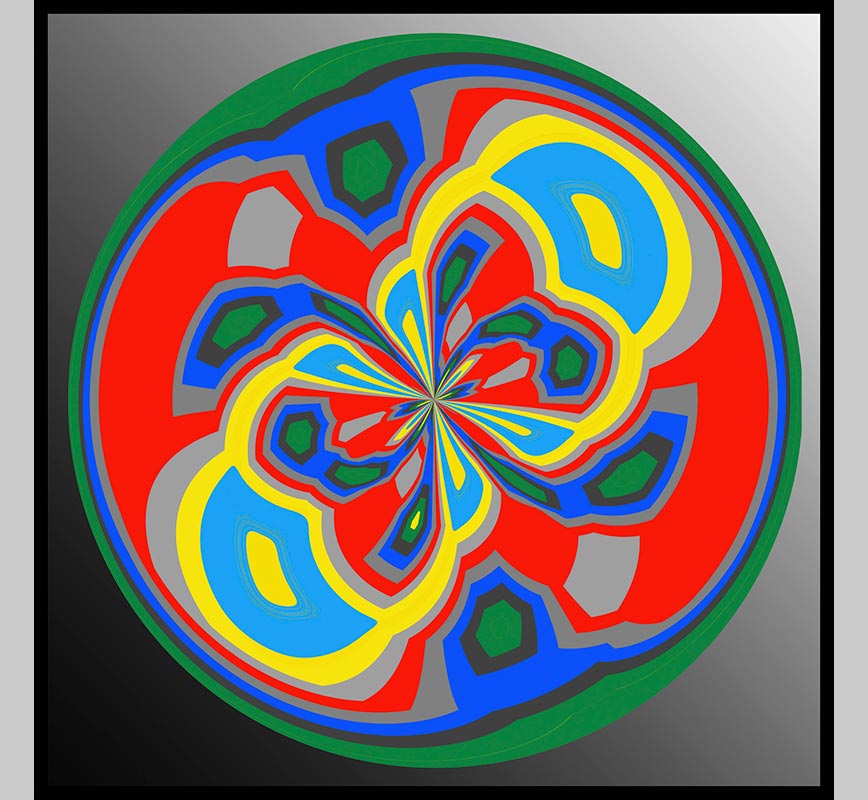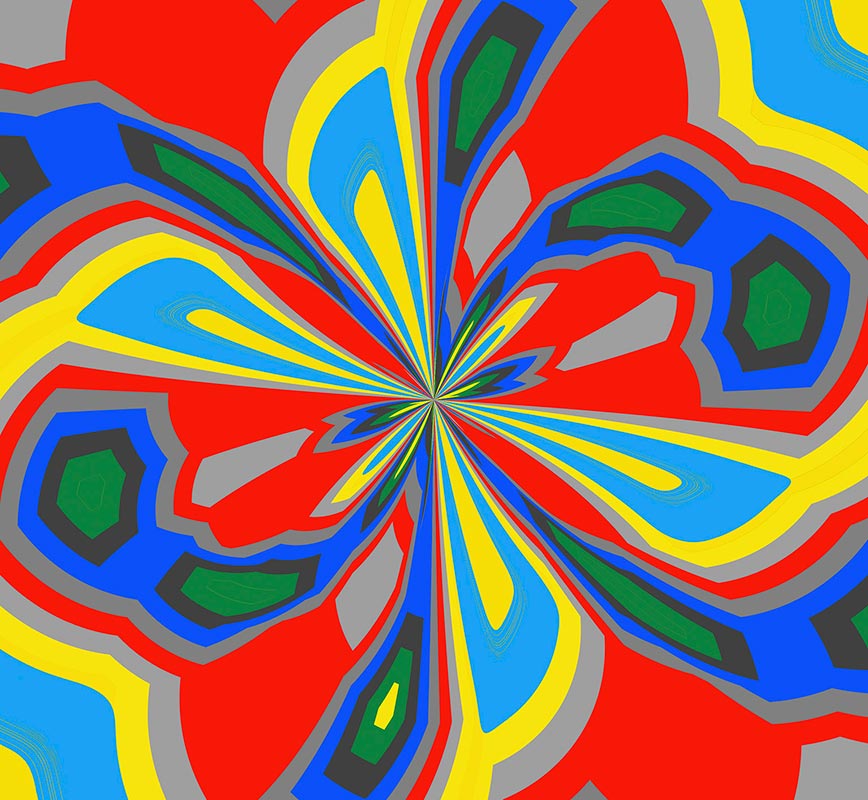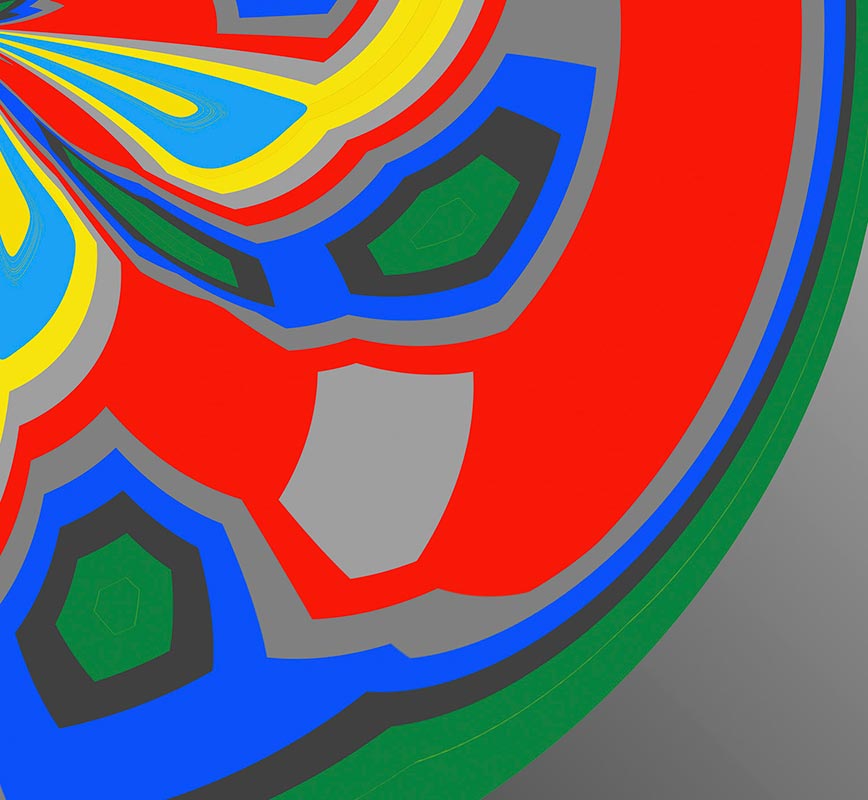At first, this artwork appears to present a weathered, ornamental shield—dense with texture and history. But its surface, alive with the patterns of tree bark, reveals something stranger upon closer look. Symmetry carves out a totemic presence: a central form suggesting both armor and face, with lines that resemble eyes, nostrils, and a solemn mouth. The source is organic, but the outcome feels ancient, ceremonial. This is not mere bark—it is a presence emerging from the living skin of a tree.
...more
At first, this artwork appears to present a weathered, ornamental shield—dense with texture and history. But its surface, alive with the patterns of tree bark, reveals something stranger upon closer look. Symmetry carves out a totemic presence: a central form suggesting both armor and face, with lines that resemble eyes, nostrils, and a solemn mouth. The source is organic, but the outcome feels ancient, ceremonial. This is not mere bark—it is a presence emerging from the living skin of a tree.
As with other works in the Creature series, Enzo Ragazzini begins with a real-world subject: in this case, the textured trunk of a tree. Through mirroring, he allows subconscious associations to rise from the surface. Natural fissures, colors, and shadows morph into figures that feel psychologically charged—half-formed myths discovered in wood grain. What seems like abstraction becomes an encounter. The composition invites us to consider: is this something we’re seeing, or something we’re remembering?
Ragazzini then transforms the mirrored composition into a standalone photographic artwork. Seen printed and in detail, the image becomes a new kind of object—almost sculptural. Up close, the layered ridges and rough textures shift into painterly gestures. Earth tones—browns, greys, burnt sienna—vibrate with quiet intensity. The original material recedes, and what remains is an apparition rendered through form, surface, and suggestion. The work oscillates between presence and absence, offering no single reading.
This piece belongs to Creature, a series Ragazzini launched in 2013, in which urban remnants, plants, and natural surfaces are mirrored into evocative forms. The results hover between animal, human, and mask—uncanny figures that tap into something primal and archetypal. By drawing attention to this threshold between material and meaning, the artist leads us into a space where recognition and invention coexist.
The project aligns with the observations of Leon Battista Alberti and Leonardo da Vinci, who both spoke of the imagination’s ability to find faces in clouds or cracks. This instinct, called pareidolia, is central to the viewer’s experience here. Ragazzini’s digital process reveals, rather than imposes, imagery hidden in plain sight. The result echoes Surrealist strategies—such as Max Ernst’s frottages or Oscar Domínguez’s decalcomania—but is unmistakably contemporary. His compositions bridge the organic and the digital, pulling the subconscious into sharp focus.
Since the 1950s, Ragazzini has pursued a photographic practice grounded in transformation—first in the darkroom, now through digital means. His early analog experiments with light and chemistry have evolved into a deeply intuitive digital process. Photoshop becomes his laboratory, a continuation of his lifelong inquiry into the expressive possibilities of photographic material.
The Creature series reflects this continuity. What begins as a fragment of the real is transfigured—first by mirroring, then by the artist’s eye—into something otherworldly. Ragazzini’s work does not merely represent the world; it intuits what lies beneath it. Each composition becomes a quiet revelation, reminding us that vision is never neutral, and that even bark may hold the contours of a soul.
less...




